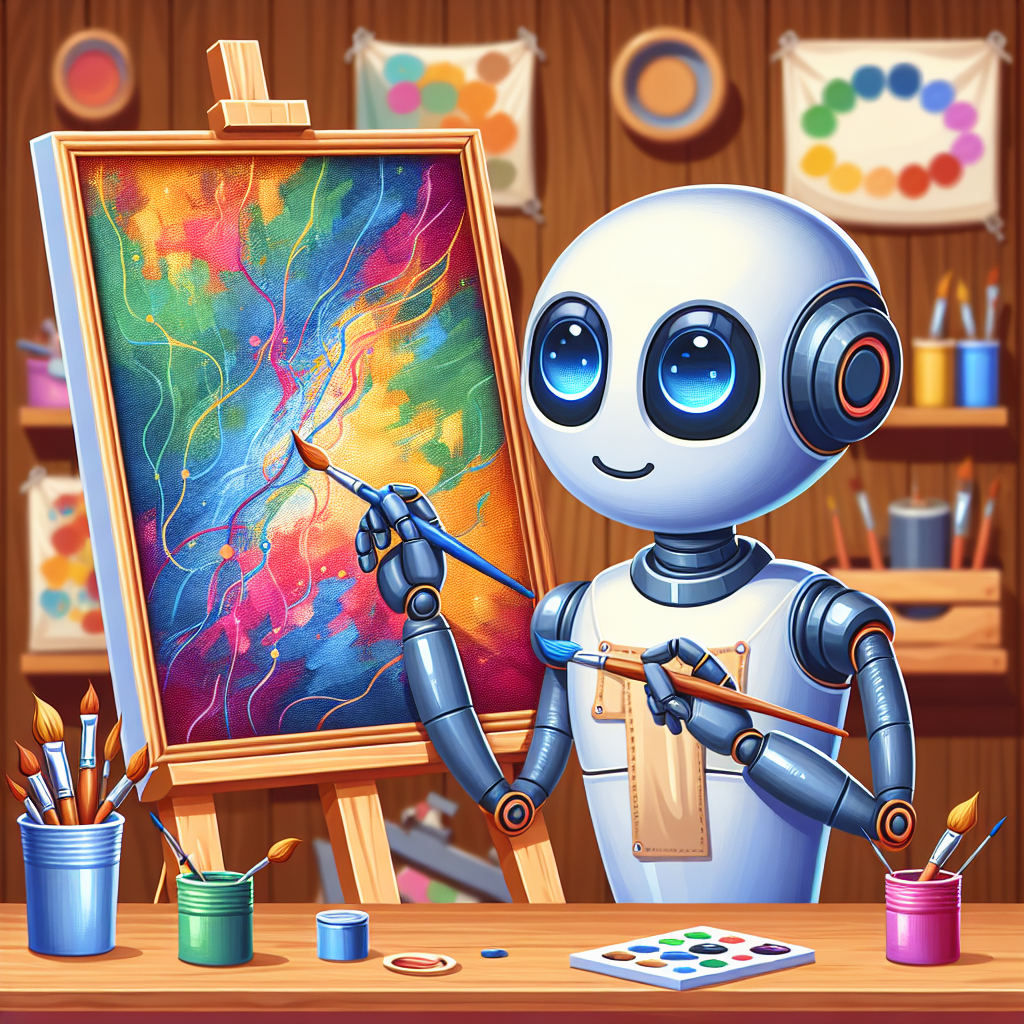Artificial Intelligence (AI) has made significant advancements in recent years, with applications ranging from self-driving cars to medical diagnosis. One area that has garnered particular interest is the ability of AI to create art. But can AI create truly original art?
The answer to this question is complex and multifaceted. On one hand, AI has demonstrated an impressive ability to generate artwork that is visually striking and aesthetically pleasing. From generating abstract paintings to composing music, AI has shown that it can produce art that rivals that of human creators.
One of the key advantages of AI in creating art is its ability to process vast amounts of data and learn from it. By analyzing thousands of paintings, sculptures, and other forms of art, AI algorithms can identify patterns and trends that can be used to generate new and original pieces. This allows AI to create art that is not only visually appealing but also unique in its own right.
Another advantage of AI in creating art is its ability to explore new and innovative techniques and styles. By combining different artistic styles and genres, AI can create artwork that pushes the boundaries of traditional art forms. This can lead to the creation of truly original pieces that challenge our perceptions of what art can be.
However, there are also limitations to AI’s ability to create truly original art. One of the main criticisms of AI-generated art is that it lacks the emotional depth and personal expression that is often associated with human-created art. While AI can mimic certain styles and techniques, it may struggle to capture the nuanced emotions and experiences that are often conveyed through art.
Furthermore, some argue that AI-generated art is not truly original because it is ultimately created by a machine. While AI algorithms can create new and unique pieces, they are ultimately programmed by humans and rely on existing data and algorithms to generate art. This raises questions about the authenticity and originality of AI-generated art.
Despite these limitations, AI has the potential to revolutionize the art world in a number of ways. For example, AI can be used to assist artists in the creative process by providing inspiration, generating ideas, and helping to overcome creative blocks. This collaboration between humans and AI can lead to the creation of art that is truly innovative and groundbreaking.
In addition, AI can also democratize the art world by making it more accessible to a wider audience. By generating art that is affordable and easily distributable, AI can bring art to people who may not have had access to it before. This can help to broaden the reach of art and create new opportunities for artists and creators.
Overall, the question of whether AI can create truly original art is a complex and nuanced one. While AI has demonstrated impressive capabilities in generating art that is visually striking and innovative, there are also limitations to its ability to capture the emotional depth and personal expression that is often associated with human-created art. However, AI has the potential to revolutionize the art world and create new opportunities for artists and creators.
FAQs:
Q: Can AI truly create original art?
A: AI has demonstrated the ability to generate art that is visually striking and innovative. While AI may struggle to capture the emotional depth and personal expression associated with human-created art, it can still create art that is unique and groundbreaking.
Q: How does AI create art?
A: AI algorithms analyze vast amounts of data and learn from it to generate new and original pieces of art. By identifying patterns and trends in existing art forms, AI can create artwork that pushes the boundaries of traditional art.
Q: What are the limitations of AI-generated art?
A: Some argue that AI-generated art lacks the emotional depth and personal expression associated with human-created art. Additionally, AI-generated art may not be considered truly original because it is ultimately created by a machine.
Q: How can AI revolutionize the art world?
A: AI can assist artists in the creative process, provide inspiration, and help to overcome creative blocks. AI can also democratize the art world by making art more accessible to a wider audience and creating new opportunities for artists and creators.

